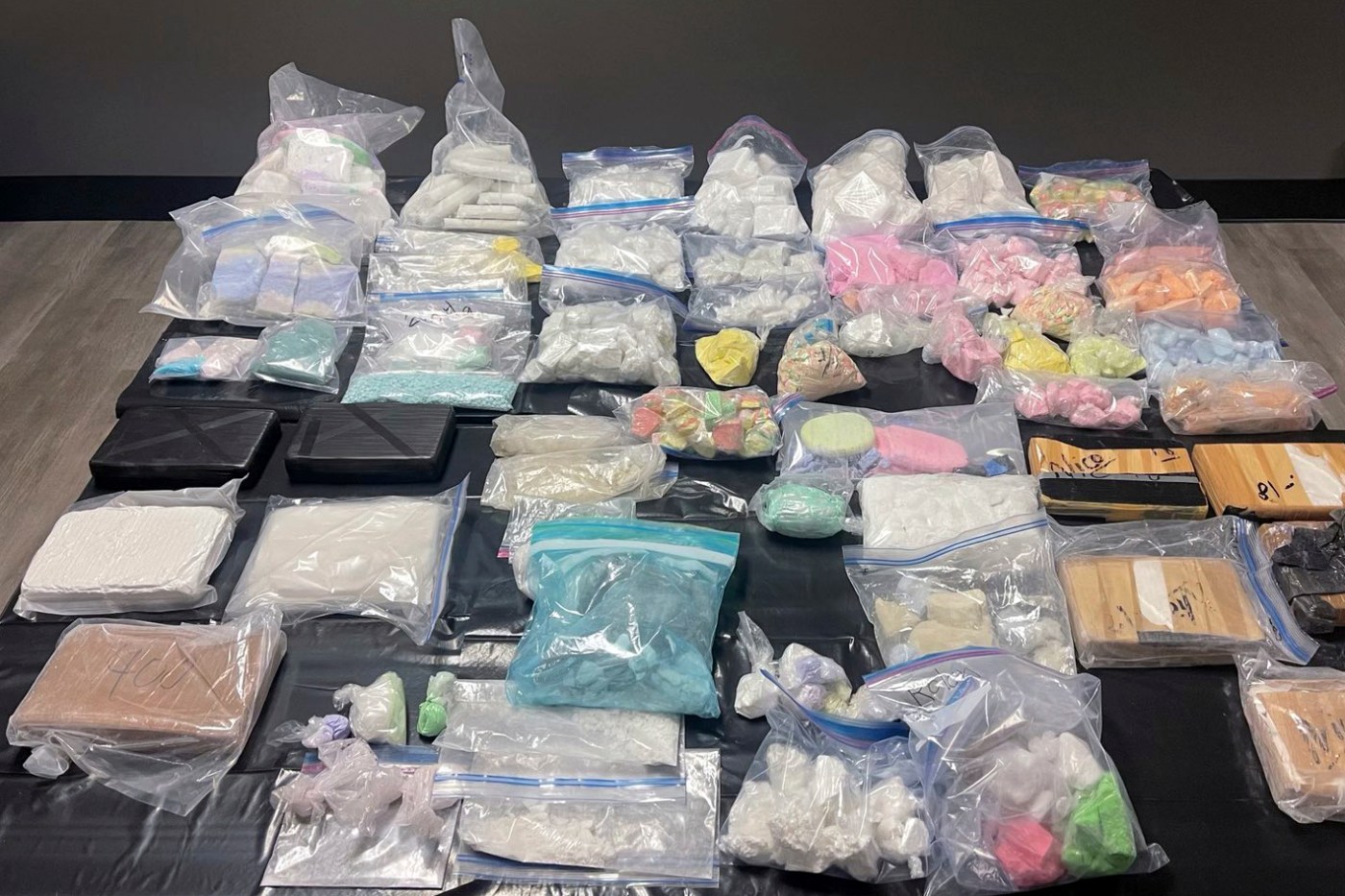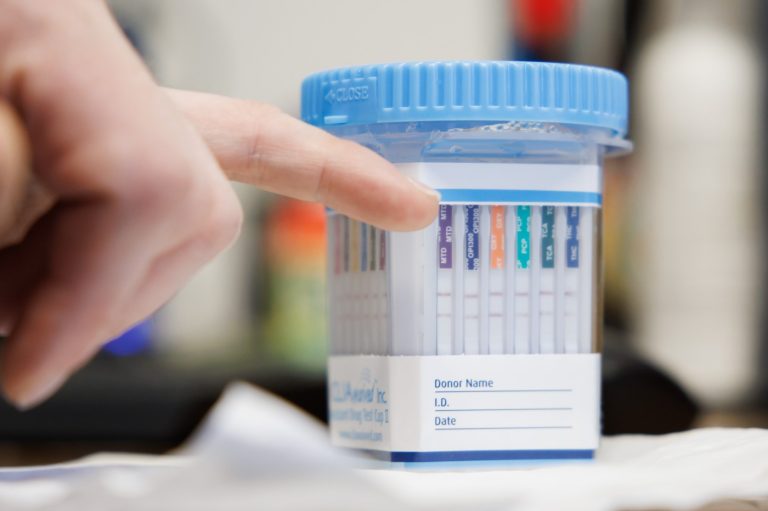Data published by the CDC’s National Center for Health Statistics showed the first decrease in U.S. drug overdose deaths since 2018. While headlines are celebrating the news, the devil is in the details. And in this instance, the devil has a name — fentanyl.
Although overdose rates decreased, the percentage of deaths from highly potent synthetic opioids such as fentanyl and its analogs remain unchanged.
Fentanyl is a deadly synthetic opioid that is up to 50 times stronger than heroin and 100 times stronger than morphine. Commonly mixed with other drugs, fentanyl continues to have its lethal impact at the same proportions.
In San Francisco and Santa Clara counties, the unchanging threat of fentanyl despite changing overdose rates could not be clearer. On July 15, the San Francisco Office of the Chief Medical Examiner released a preliminary report on 2024 accidental overdose deaths. From January to June 2024, a total of 374 overdose deaths were reported — of which, 72% involved fentanyl, and 8% involved fluoro fentanyl. (The latter can be up to five times more potent.)
Similar fentanyl statistics were seen in 2023. From January to June 2023, a total of 405 overdose deaths were reported, with 80% of them involving fentanyl. Despite the nearly 8% decrease in overdose deaths seen between the first six months of 2023 and 2024, fentanyl continues to strike at the same rates, contributing to about 8 in 10 overdose deaths in San Francisco again this year.
The same trend was observed in Santa Clara. The data dashboard by the Santa Clara County Medical Examiner-Coroner’s Office reported a total of 139 drug-overdose deaths and 66 opioid overdose deaths from January to mid-June 2024. Of the opioid deaths, 88% involved fentanyl. This is similar to the 86% of fentanyl-related overdoses reported in the same six-month interval in 2023.
With fentanyl continuing to ravage communities at an unchanging rate two years in a row, the opioid crisis has effectively become a fentanyl crisis.
As the state begins to mobilize the over $121 million of national opioid settlement dollars it received, it should prioritize fentanyl awareness, tracking and response. After all, California already has committed $7.5 million to fentanyl awareness and response efforts in its 2023-2024 budget. Here is what that would look like.
First, it could raise awareness about fentanyl through on-site education. Public education efforts around the dangers of fentanyl can be implemented in conjunction with existing alternative response programs such as San Francisco’s Street Crisis Response Team and the Street Overdose Response Teams.
Related Articles
Santa Cruz police investigating baby’s death as possible fentanyl overdose
East Bay man indicted for allegedly possessing 5 pounds of meth, 2,000 fentanyl pills
New details in murder case surrounding San Jose baby’s fentanyl death
Santa Cruz drug busts taken over as federal fentanyl trafficking cases
Newsom touts rival shoplifting and drugs ballot initiative to weaken Prop 47
Second, it could promote fentanyl tracking by wastewater surveillance. In September 2023, the National Institute on Drug Abuse supported a pilot program for wastewater tracking of fentanyl, methamphetamine, cocaine, xylazine, naloxone and their metabolites. San Francisco, alongside 61 other counties over 43 states, became national leaders in the fight against fentanyl and currently participate in the wastewater monitoring program.
Third, it could deploy resources such as fentanyl test strips and naloxone to hotspots identified by its tracking systems.
It is time that the California Assembly — specifically the newly established Select Committee on Fentanyl, Opioid Addiction, and Overdose Prevention — proposes legislation to expand its wastewater fentanyl tracking program to counties beyond San Francisco and implement county-level data dashboards of fentanyl-related overdoses. Doing so will help effectively target awareness and response strategies to curb rates of both fentanyl and overdose.
Kevan Shah is the founder and executive director of End Overdose Together, which aims to train and equip individuals to prevent opioid overdose. He is currently a master’s candidate at Stanford University School of Medicine and a Knight-Hennessy Scholar.












